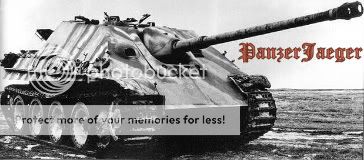After Qahtani was subjected to some of the humiliating interrogations at Guantanamo that later became public, he started to cooperate and, for a while, provided a wealth of information about al-Qaida, including references to the courier in question, the U.S. official said. An October 2008 Defense Department document about Qahtani, identifying him as Maad al Qahtani, recently released by WikiLeaks, detailed a long history of involvement with al-Qaida, including spending time at training camps and guest houses in Afghanistan and fleeing with bin Laden through the caves of Tora Bora in November 2001. (Qahtani later clammed up, repudiated what he had previously said and stopped cooperating.)
In addition, a senior U.S. intelligence official told NBC News investigative producer Robert Windrem that both Mohammed, who was repeatedly waterboarded by the CIA, and al Libi, who was aggressively interrogated but not waterboarded, provided the nom de guerre of the courier. Mohammed was among the “high-value detainees” subjected to specially approved “enhanced” interrogations at secret sites overseas, including CIA-run prisons in Poland, Romania, Thailand and elsewhere, according to U.S. officials.
But U.S. officials stressed that none of the detainees at that point offered up the real identity of the courier. “All we had was the nom de guerre,” said the U.S. official. To one counterterrorism expert who has sharply criticized the CIA’s interrogations, the failure of any of the high-value detainees to provide the identity of the courier raises fresh questions about the value of the information the agency was receiving from enhanced interrogations.
“They waterboarded KSM (Khaled Sheikh Mohammed) 183 times and he still didn’t give the guy up,” said one former U.S. counterterrorism official who asked not to be identified. “Come on. And you want to tell me that enhanced interrogation techniques worked?"
It is possible that neither Qahtani nor Mohammed knew the true identify of bin Laden’s trusted courier, although that would appear to contradict the U.S. official’s description of him as Mohammed’s “protégé.”
In the end, U.S. officials say, it took years of patient intelligence work -- including information gleaned from multiple detainees and other sources of intelligence -- to enable the CIA to figure out who the courier was.
“Four years ago, we uncovered his identify,” said a senior U.S. official. Two years later, the U.S. officials were able to trace the courier and his brother to the area in Pakistan where they finally found bin Laden.





















Bookmarks